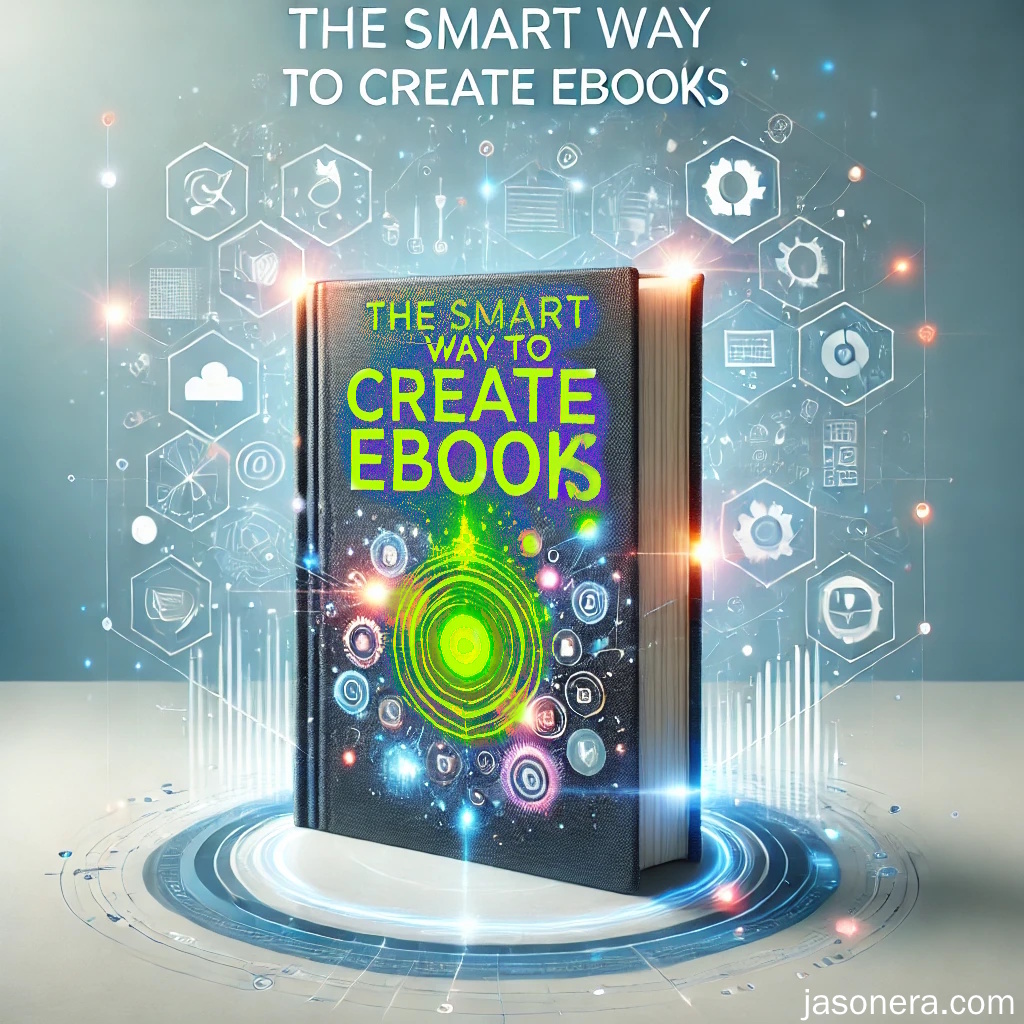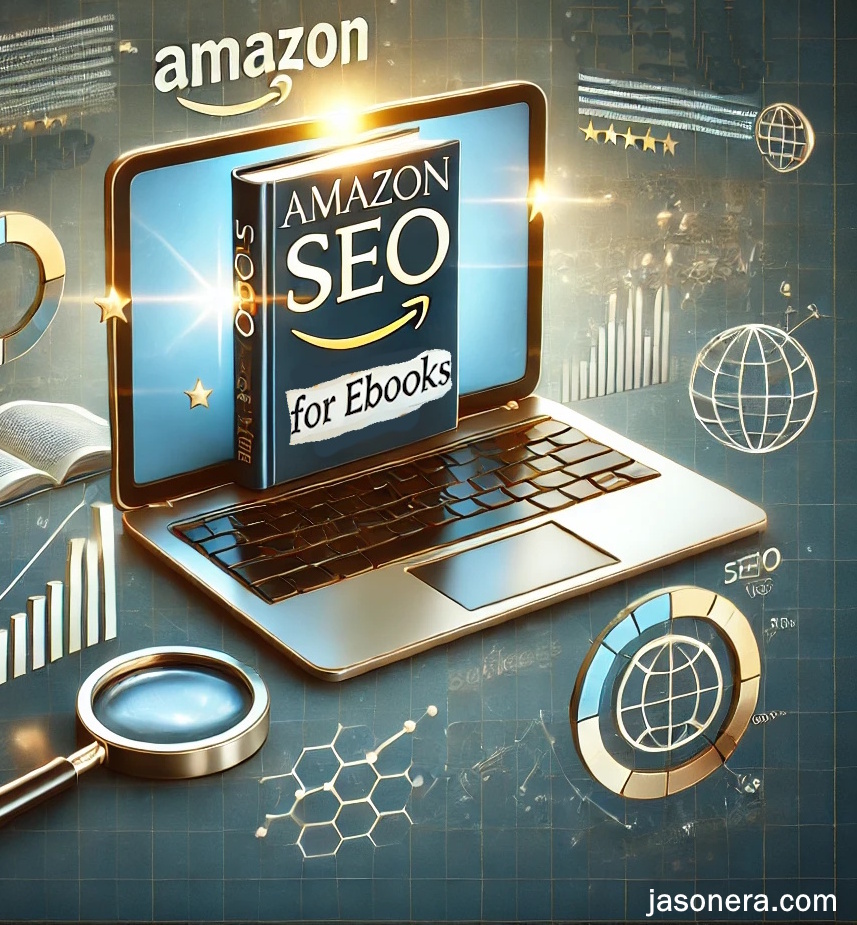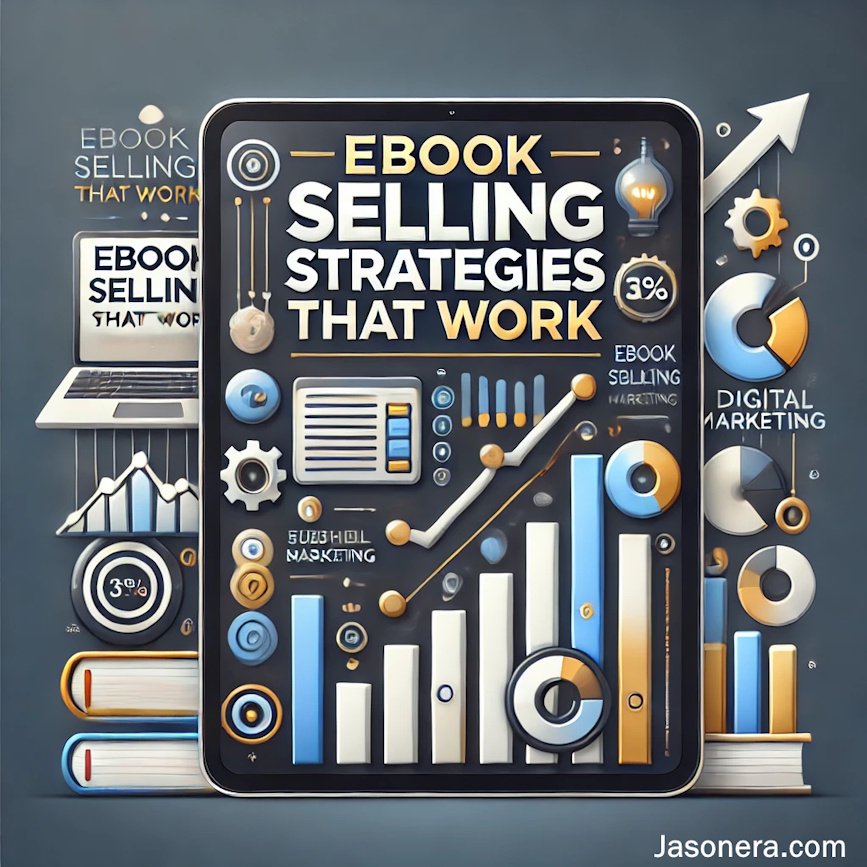2. Building And Selling Digital Products
Library Ebooks Model 101

We did library ebooks a while ago. It was about how to get into public libraries. You get less money per lend (because you don't want to be mean and charge libraries the full book price) and you mainly are within the public library system. That can be found here.
But the idea of libraries, or the concept of the lending model, has grown rapidly. Some with the use of a library card and others paying you out of a monthly pot of money dedicated just for that.
It all sounds awesome. So are there any positives?
- Each platform have their own positives and negatives and we will go through those separately
- You get more viewers who might be apprehensive to look at your work especially if you are new
- It can generate sales of your products (KDP Unlimited counts towards you book rank)
- You get paid per lending- certain page count or size of book
- It can grow your brand
But there are also some negatives.
- You might be locked into a platform- like Kindle Unlimited
- Libraries don't buy books that often so the lending of ebooks/ page views might be a better option
- The royalties can be low
- You have to question whether it is passive income or do you need promotion
- Depending on who you use you can not get marketing or sales data, you also don't get the names of who looked at your book
- Apart from Kindle Unlimited which you can do by yourself, you need a third party company to handle the intricacies of the process
One loan?
The one loan per person model refers to the way some library platforms handle digital book loans. Under this model, each person who borrows a title from the library gets one "loan" or "copy" of the book at a time, even though the platform is digital
Borrowing Limit: The platform might allow users to borrow an eBook for a certain period (usually 2-3 weeks). Once a user returns the book or the loan expires, they can borrow it again, or a new reader can check it out if available.
Licensing/Copy Purchase: Some library services only buy a limited number of digital licenses (copies) for a title, much like physical books. Each digital license represents a "loanable" copy. Once all licenses are "checked out," readers must wait for another borrower to return it, creating a queue.
Impact for Authors:
Royalties: Authors may receive royalties or license fees every time their book is borrowed, depending on the platform’s model
Demand-Based: If a book is very popular, there could be a queue for readers to borrow it, which can increase demand. However, this model can limit the number of potential readers at a given time unless the library purchases more copies.
It’s different from subscription-based models (like Kindle Unlimited or Scribd) where unlimited borrowing is allowed within the service, and the focus is often on page reads rather than the concept of "loaned copies."
Who are the players in the library ebook (model) field today?
The players can be accessed through a third party. We use Draft2Digital (no affiliate link etc). Its super easy and they sort out everything for you. You set your price.
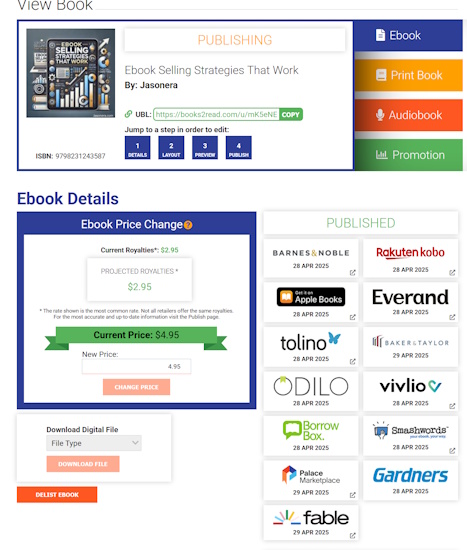
Above is our ebook (Ebook Selling Strategies That Work). It tells us:
- We are selling an ebook (but you can create a print, audio or promotion)
- The details including pricing and how much you will get once deductions are made
- The Published section is what platforms we are on, below this is Publishing (cut off in this picture)- meaning that we are waiting in a queue to be published
The main companies that Draft2Digital distribute to that follow with the library ebook model are:
- Kindle Unlimited- We do that separate. Amazon has a very simple setup for ebooks but they are very specific of what they need. Spending time on their page is wise)
- BorrowBox
- Fable
- CloudLibrary
- Hoopla
- Overdrive
- Everand- half and half- subscription model but you get some money through a library model
The main one for libraries? Overdrive and then Hoopla. KDP Unlimited is the largest library lending model of them all...but is limited. In other words you can only use them if participating.
BorrowBox
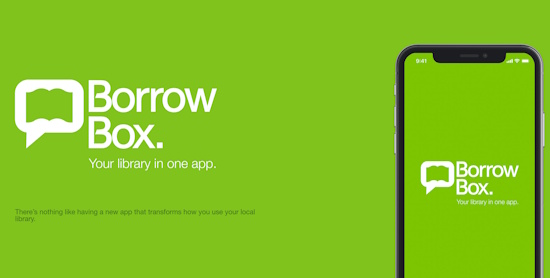
BorrowBox, run by Bolinda Digital, is a digital lending platform used by libraries primarily in the UK, Ireland, Australia, and New Zealand. It enables library users to borrow eBooks and audiobooks for free via local library systems.
Positives
- Library Reach: BorrowBox has strong partnerships with public libraries, offering authors a gateway into educational and community-focused audiences.
- Focus on Audiobooks: As a branch of Bolinda, a major audiobook publisher, BorrowBox is especially supportive of audio formats—great if you’ve invested in professional narration.
- Visibility in English-speaking markets: Authors get exposure in Australia, New Zealand, and the UK, often underserved by other platforms.
- Royalties: Though not retail-level, library loans do earn royalties
Negatives:
Limited Direct Access: Indie authors generally cannot upload directly to BorrowBox. You must go through a distributor or publisher, limiting control and possibly reducing earnings.
Narrow Global Reach: While strong in a few markets, BorrowBox lacks presence in North America and many other global regions.
Library Licensing Model: Typically uses a one-copy/one-user model, meaning even popular books don’t generate many loans at once.
Fable
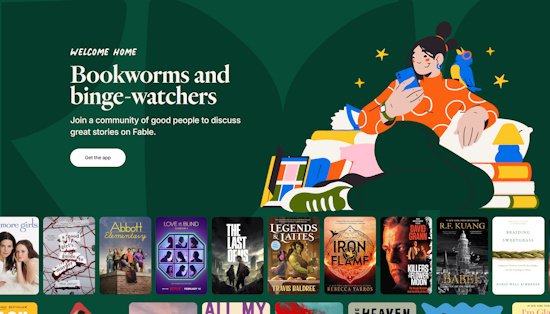
Fble is a social reading platform that blends book clubs with reading apps. It offers curated reading groups, discussions, and recommendations—ideal for authors looking to build reader communities.
Positives
- Social Discovery: Fable emphasizes community, allowing authors to join or lead book clubs, creating more personal connections with readers.
- Reader Engagement: In-app highlights, annotations, and discussions keep readers active and connected with your book.
- Curated Visibility: Featured books in thematic clubs get strong promotion, especially in niche fiction and wellness genres.
- Royalties Through Distribution
Negatives:
Limited Audience Reach: Fable is not yet widely adopted like Kindle or OverDrive, which can mean lower exposure and sales.
No Direct Upload for Indies: Indie authors must distribute through third-party aggregators—limiting control and reducing royalties.
Curation Bottleneck: Gaining traction often requires being selected for a club or theme, which can be difficult for newer or niche authors.
CloudLibrary
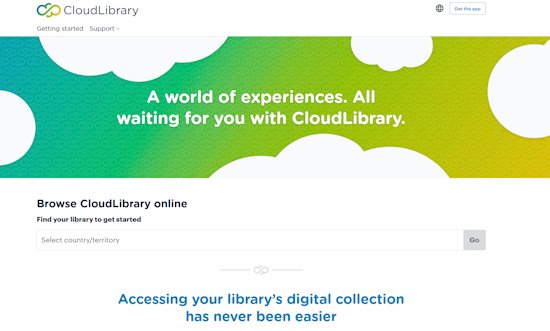
CloudLibrary, developed by Bibliotheca, is a digital lending platform focused on public libraries in North America and parts of Europe. It supports eBooks and audiobooks, using a library-focused licensing model.
Positives
- Library Access: CloudLibrary gives authors a chance to reach library patrons—particularly in U.S., Canadian, and UK markets.
- Used by Major Systems: Many large public library systems have adopted CloudLibrary, especially where OverDrive is not the default.
- Royalties Through Distributors
Negatives:
No Direct Submission: Indie authors cannot submit books directly to CloudLibrary. Access is dependent on third-party distributors.
Less Dominant Than OverDrive: Many libraries still favor OverDrive or Hoopla, meaning CloudLibrary's reach can be inconsistent.
Limited Analytics: Authors often can’t track performance or borrowing data easily through CloudLibrary, as it’s handled through intermediaries.
Hoopla
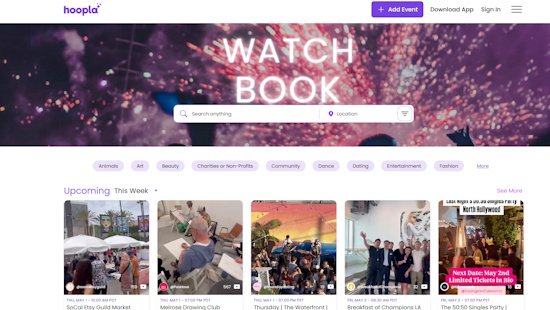
Hoopla, by Midwest Tape, is a digital content platform used by U.S. and Canadian libraries. It offers eBooks, audiobooks, movies, and music via library card access, using a “pay-per-use” model rather than traditional library licensing.
Positives
- Instant Availability: Unlike traditional library models, Hoopla lets multiple users borrow your title simultaneously, which is great for launches and book clubs.
- Per-Borrow Royalties: Authors earn money every time their book is borrowed. No waiting on long license renewals.
- Multimedia-Friendly: Hoopla supports various formats—great for authors with audiobooks, soundtracks, or related media.
- Accessible Through Aggregators
Negatives:
Limited Global Reach: Hoopla is mainly U.S. and Canada-focused, with little presence internationally.
Library Budget Caps: Some libraries limit monthly Hoopla checkouts, which may restrict how often your book is borrowed.
Overdrive
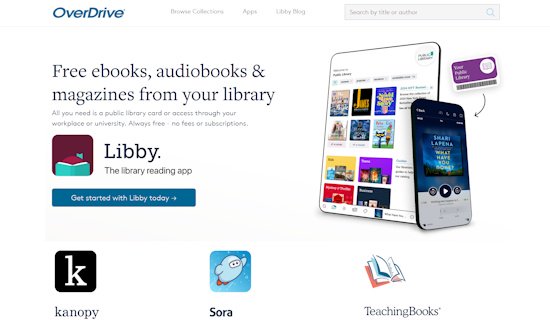
OverDrive is the dominant digital lending platform for public libraries globally, powering Libby (its mobile reading app) and reaching millions of library users in the U.S., Canada, UK, and beyond.
Positives
- Massive Reach: OverDrive is the most widely used library platform worldwide, offering unparalleled access to library readers.
- Libby App Integration: Books are easily discovered and borrowed via Libby, a popular app with strong UX.
- Multiple Distribution Options: Indie authors can reach OverDrive through platforms like Smashwords, Draft2Digital, or PublishDrive.
- Strong Institutional Sales: Libraries pay licensing fees (either per-use or for time-limited licenses), generating predictable royalties.
Negatives:
No Direct Access: Authors must use a distributor
Licensing Model Limitations: The one-copy/one-user model may slow borrowing momentum, particularly for high-demand titles.
Discoverability Challenges: With so many titles available, standing out in the OverDrive catalog can be difficult without library marketing or awards.
KDP Unlimited
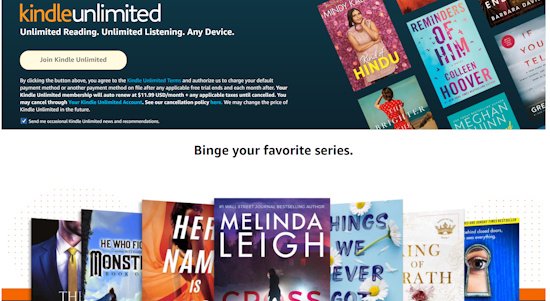
Kindle Unlimited (KU) is Amazon’s subscription-based reading service, allowing readers to borrow an unlimited number of eBooks for a monthly fee. For authors, participation in KU is only available through KDP Select, which requires digital exclusivity for each enrolled title.
Positives
- Massive Reader Base: KU has millions of active subscribers, especially in high-volume reading genres like romance, fantasy, sci-fi, and thrillers—ideal for authors with series or fast-release schedules.
- Page Read Income: Authors are paid based on the number of pages read, not just downloaded. Long books or bingeable series can earn significantly more.
- Ranking Boosts: KU borrows count toward Amazon’s sales rank, giving authors an advantage in bestseller lists and search visibility.
- Free for Readers = More Risk-Taking: Readers are more likely to try unknown authors since it costs them nothing beyond their subscription, helping discoverability.
Negatives:
Exclusivity Requirement: Your eBook must be exclusive to Amazon, removing it from other stores (Apple, Kobo, Google Play) and library platforms (OverDrive, Hoopla, etc.).
It might not be available in your country
Volatile Income: Royalties are drawn from a global fund (often $40–$50 million/month) and fluctuate monthly. The per-page rate changes and can be hard to predict.
Shorter Shelf Life for Some Genres: Since KU readers often binge, some books may see a spike and then quickly fade in visibility.
Everand
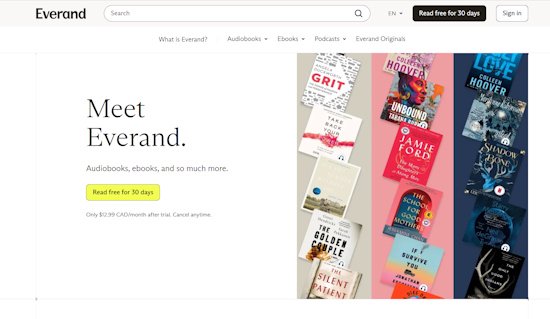
Everand, operated by Scribd Inc., is a subscription-based reading service that gives users unlimited access to eBooks, audiobooks, magazines, and more for a monthly fee. It’s part of Scribd’s premium ecosystem and offers indie authors exposure to a wide, global reader base—without requiring exclusivity.
Positives
- Non-Exclusive Distribution: You can publish your eBook on Everand while also offering it on Amazon, Kobo, Apple Books, libraries, and more. This makes it ideal for wide-distribution strategies.
- Subscription-Based Readership: Readers on Everand are more likely to try unknown authors since there’s no extra cost to sample books—similar to Kindle Unlimited, but without the exclusivity requirement.
- Multiple Content Formats: Supports eBooks, audiobooks, and even documents (like PDFs), offering flexibility for different types of content creators.
- Indie Access via Aggregators
- Global Reach: Especially popular in North America and expanding into global markets.
Negatives:
Opaque Royalty System: Authors are typically paid per “qualified read,” but payout terms are not fully transparent and may vary depending on subscription type or geography.
Throttled Reader Access: Everand sometimes limits content access for high-usage readers, which can reduce potential reads for authors.
Limited Discoverability: Like many subscription platforms, getting noticed often depends on being featured or driving traffic externally.
No Direct Upload
The small notes version of the library ebooks model?
It's a lot to take in. What we have done is use D2D and used them to distribute our ebooks. They will handle the sales and take a percentage for it. Thats OK. For a $4.95 ebook we get $2.95 in return. For a $1.99 ebook we get $1.18. So volume is needed- either in traffic or products.
Anyway, here are the notes from above:
- Best for Mass Reach: OverDrive (via libraries) and Kindle Unlimited (via Amazon's market).
- Best for Direct Income + Flexibility: KDP Select, but with exclusivity trade-offs.
- Best for Community Engagement: Fable, if you want reader interaction and book club growth.
- Best for Audiobooks and Multiple Formats: Hoopla and BorrowBox, particularly for audio-heavy authors.
- Best for Passive Library Distribution: CloudLibrary, Hoopla, and BorrowBox (using D2D)
We are working on this library ebooks model. We are trialling this out for a while and see if you can go big- with many companies, or do we go exclusive with Unlimited. We have tried Unlimited in the past. It didn't work that well- but was it too new back then? The exclusivity was a pain though and you couldn't do anything about it for 30 days- when you could opt out.
For more info on how to make your own ebooks check out here
Updates? You can find here.
About. Updates. Disclaimer. Privacy. Mission/ Vision. FAQ. Newsletter.
Copyright © 2024- Jasonera.com All rights reserved






